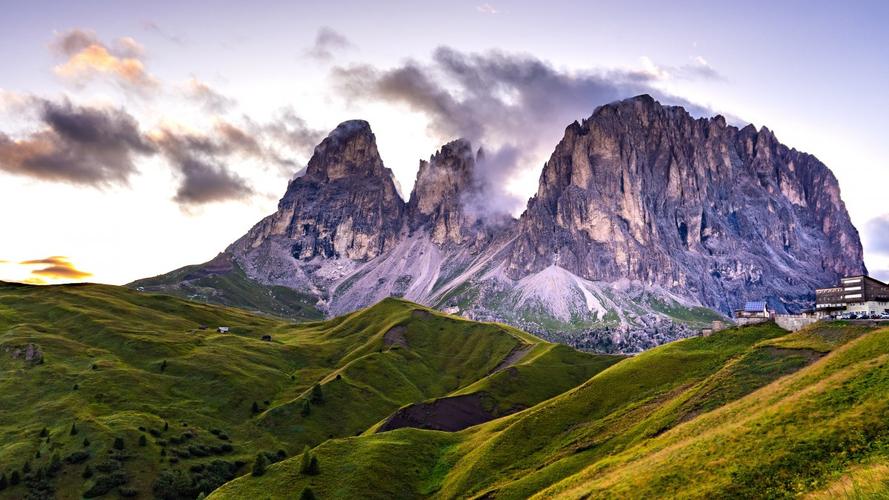Why Preserving Cultural Heritage Matters: Understanding its Importance
Cultural heritage refers to the legacy of tangible or intangible aspects of a society passed down to future generations. It includes historical buildings, objects, traditions, and languages, among others. Preserving cultural heritage is essential because it allows future generations to understand and appreciate their past and provides a sense of identity for a community. In this article, we will delve into the importance of preserving cultural heritage.
Preserving cultural heritage leads to economic benefits
Cultural heritage sites attract tourists, which in turn, generate revenue for the local community. These tourist destinations also create job opportunities, thus reducing unemployment rates. Existing cultural heritage sites can be renovated and reused, thereby promoting sustainable development and improving the living standards of locals.
Preserving cultural heritage maintains historical significance
Cultural heritage provides a connection between the past and present, which is crucial for understanding and appreciating history. Monuments, museums, and artifacts offer insights into the lifestyles, beliefs, and values of previous generations. For example, the pyramids of Egypt and the Great Wall of China provide a glimpse into the architectural feats of ancient civilizations, fostering cultural appreciation and curiosity.
Preserving cultural heritage promotes social cohesion
Cultural heritage is not just about monuments or artifacts, it includes intangible cultural practices such as traditions, customs, and languages. The preservation of these practices fosters social cohesion and promotes mutual understanding between different communities. It also promotes intergenerational learning and strengthens family bonds. For instance, cultural events such as annual festivals, dances, and ceremonies can bring people together and create a sense of belonging.
Preserving cultural heritage promotes environmental conservation
Cultural heritage sites often have natural resources, such as forests or bodies of water. The preservation of these sites promotes environmental conservation and supports biodiversity. It also educates the public on sustainable practices, such as the preservation of natural habitats and the reduction of waste.
Conclusion
Preserving cultural heritage is more than just preserving historical monuments. It is a means of promoting economic growth, preserving history, promoting social cohesion, and promoting environmental conservation. The preservation of cultural heritage requires a collective effort from the government, private sector, and individuals, who must work together to ensure that future generations can appreciate their heritage.
(Note: Do you have knowledge or insights to share? Unlock new opportunities and expand your reach by joining our authors team. Click Registration to join us and share your expertise with our readers.)
Speech tips:
Please note that any statements involving politics will not be approved.
